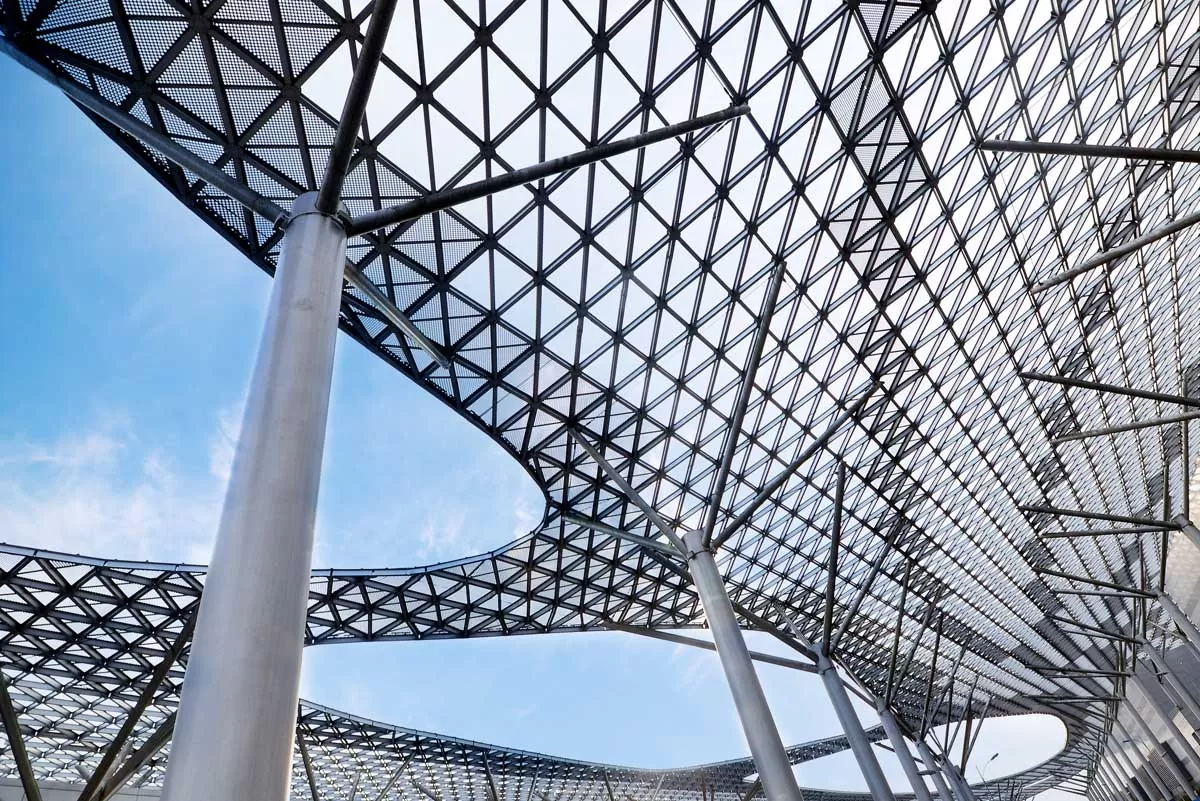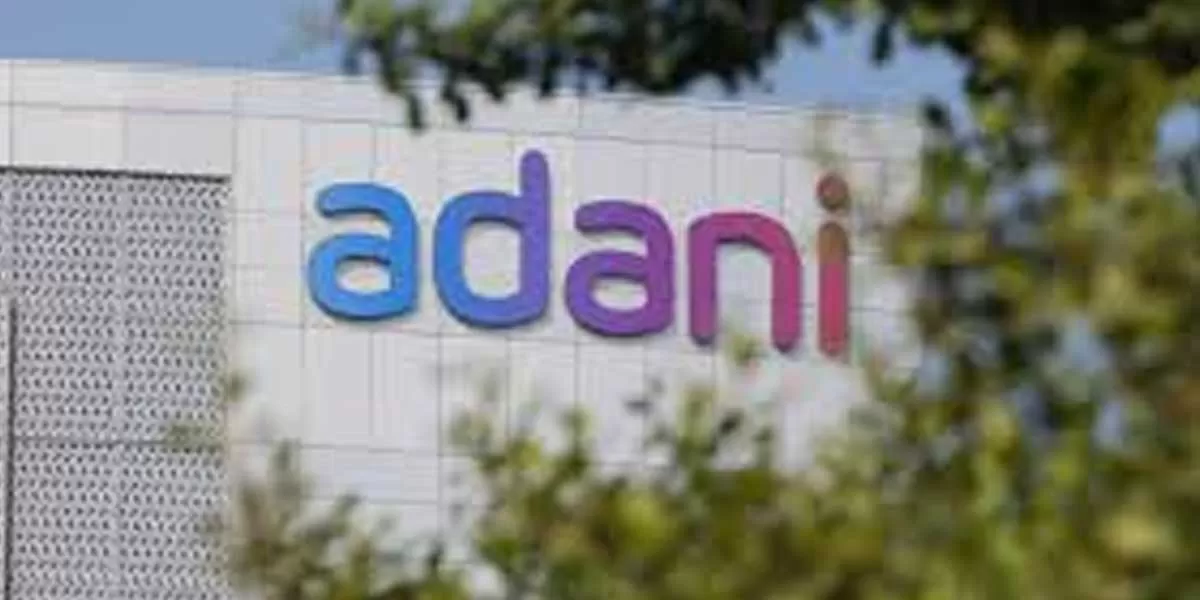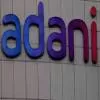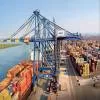Evolution in the materials industry has ensured versatile and stylish cladding solutions, many of which double up as roofing solutions too. CW presents six options.
Polymer-Based Cladding
Polymer-based cladding systems are garnering attention for offering a compelling combination of lightweight properties, durability against environmental stressors and ease of installation, which may appeal to professionals seeking modern alternatives to traditional roofing and cladding materials, says Amit Parsuramka, CEO,
Bonito Designs.
Polymer systems utilise advanced polymers reinforced with fibres like fibreglass or carbon, and are available in a range of colours, textures and finishes, allowing architects and designers opportunities to achieve diverse aesthetic outcomes, potentially enhancing the visual appeal of structures, he continues. “Their initial cost must be compared with
long-term benefits, such as reduced maintenance and extended service life.”
Parsuramka cautions those adopting polymer-based cladding to consider compliance to local building codes and regulation and environmental considerations during implementation, saying, “Ensure that the selected materials meet established industry standards and regulatory requirements. Reputed suppliers and manufacturers, such as Pare India, should be approached to ensure product quality, reliability and compliance. Assessing the environmental footprint of polymer-based materials is crucial with a focus on selecting options that minimise the ecological impact throughout their lifecycle. The bright side is that ongoing R&D aims to address these challenges and further refine the viability of polymer-based technologies in roofing and cladding applications.”
Concrete Wall Panels
“For the two shorter sides of a balcony of a 2,700 sq ft apartment in Bandra, a space measuring about 20 ft × 6 ft, we opted for concrete wall panels by Nuance Studio,” shares Meenakshi Jessani, Principal Architect, MJ Architects.
“We were looking for a material that is inherent to the outdoors and concrete is a material that is usually associated with the external built environment,” she says. “Nuance Studio’s concrete wall panels can withstand rain and high humidity. They are resistant to absorption, UV and climate change. They are very dense and have
a compressive strength of
100-120 Mpa.”
“At the same time, we didn’t want a material that is too imposing or detailed because the balcony would have a lot of plants infusing colour to the space,” continues Jessani. “Concrete wall panels from Nuance Studio come in a variety of designs, shades and textures, which are subtle and can highlight the other design features of the space.”
“We were also looking for a material that allows mood or ambient lighting; the light fixtures in the panel humps fitted that bill perfectly,” she adds. “Concrete panels with inbuilt lighting are a great option when you don’t want to fix light fixtures on outdoor cladding because that looks too typical.”
Jessani was attracted to Nuance Studio’s concrete panels for their innovative quotient. “Their panels are suited to indoor as well as outdoor applications. Our overall experience with the vendor was great; they packaged the product very well.”
Corten Steel
“We used Corten steel for the exterior of the Zydus Headquarters in Ahmedabad,” says Kiran Yadav, Senior Associate, Morphogenesis. “Corten steel, also known as weathering steel or COR-TEN® steel, is a group of steel alloys that eliminates the need for painting by forming a stable rust-like appearance when exposed to the elements. This natural, weathered look distinguishes Corten steel from conventional steel materials, making it a popular choice for architects seeking to imbue their designs with an industrial, rustic or contemporary aesthetic. Personally, it is a preferred cladding material for its unique appearance, durability and environmental sustainability.”
“Corten steel’s ability to blend harmoniously with natural landscapes aligns with contemporary design principles emphasising environmental stewardship and ecological sensitivity,” she adds. “I have used it successfully in various projects across typologies: residential, commercial, public spaces
and interiors.”
Yadav cites cost as a major challenge faced in using Corten steel. “Corten steel’s popularity in the architectural domain has increased demand, leading to spiked prices, a barrier for projects with tight budgets,” she says. “But the project budget must be considered in the light of the striking visual appeal and long-term low maintenance.”
Clay Bricks
“Cladding typically acts as an additional layer on existing walls, but with Porotherm hollow clay bricks, we’re able to utilise them in their exposed form, showcasing their aesthetic appeal,” says Deepak Gupta, Director, DR Design Consultants. “Hollow clay bricks are our favourite material, featuring in several of our architectural projects. Natural materials and energies help create light, airy, elegant spaces for living, learning and working.”
“Wienerberger’s Porotherm Smart Bricks align seamlessly with our focus on sustainability and earth-friendly, human-centric, economical design,” he continues. “These bricks are known for their environmental and economic benefits. Their perforated design ensures excellent thermal insulation and they have the lowest water absorption, which keeps superficial or shrinkage cracks
on plaster at bay. Their stuffed version has more insulation. But
the air gap hollow block offers sufficient insulation in Bengaluru’s mild climate.”
According to Gupta, a notable challenge in exposed masonry using Porotherm hollow clay bricks is finding skilled masons who can meticulously maintain the quality of the exposed brickwork throughout the construction process.
To overcome this challenge, DR Design Consultants has adopted a design-build approach. “Our approach involves overseeing the entire project execution
process to ensure the delivery of top-quality workmanship,” he concludes.
Aluminium Frame with Tinted Glazing
“We designed the top of the façade of Landmark Vertica to influence the skyline,” says Indrajit Kembhavi, Principal Architect, Kembhavi Architects. “We opted for a custom-made aluminium structure and tinted glazing from Saint Gobain to clad the top floors.”
Landmark Vertica is a 17-storey residential building located on a bustling, lively street, in the vicinity of two significant flyovers in the heart of Chennai. It houses 82 apartments of varying sizes: from 2,150 sq ft to penthouses of 3,850 sq ft (six duplex units) on the 15th and 16th floors, while the 17th floor has been designed as a recreational wonderland – a domain reserved for socialising and interactions. The 17th floor layout includes an infinity pool overlooking elegant landscaped spaces, the two ends of which are flanked by an entertainment zone featuring banquet halls, a spa, gym, home-theatre area and other amenities.
“We conceptualised Landmark Vertica as a lighthouse, hence the name, and designed the top floors to stand out and be seen from afar,” he shares. “We were also inspired by the 1,000-light mosque close by; that inspired the use of light as a continuity to the language of
the design.”
“Chennai’s culture being conservative yet relevant led to an understated straight-line design with the pinnacle offering the glamour quotient,” adds Kembhavi. “As such, Landmark Vertica is an apt and witty representation of the quintessential Tamilan dressed in simplicity, while the crowning peak represents the phenomenal genius.”
As for the challenges, he says the meticulous aspects of the structure needed close coordination between teams of engineers and designers.
Zinc Panels
“We opted for NedZink zinc panels with a standing seam system for the roof of an upcoming passenger terminal building at the Integrated Check Post (ICP) at Sabroom, a land port in Tripura,” says Nishant Prakhar, Senior Architect & City Planner, GPM Architects and Planners.
Sabroom is an isolated site, with an undulating terrain. The master planning of the passenger terminal building seamlessly integrates with the natural topography, creating a harmonious and well-coordinated design that enhances the overall landscape. As the site is near the Bay of Bengal, the building forms are massed in a crystalline form to reduce the effect of prevailing winds. Additionally, no direct integration between walls and roofs is provided, and the usage of large cantilevers is restricted.
The ICP is expected to facilitate seamless trade and people-to-people movement with Bangladesh.
“We chose NedZink zinc panels for their durability,” continues Prakhar. “They are made in conformity with the NEN EN 988 (ASTM B69-16) quality control standard. We also felt that zinc would give the passenger terminal building a more authentic look. The entire building envelope is covered in zinc panels with a simulated patina layer to give it a seamless and uniform look. NedZink panels are available in various weights and sizes. We also utilised BIM to make a digital twin of the building to calculate the overall quantity of zinc panels, including the wastage owing to the building geometry. This process optimised the material procurement and overall transportation cost and time.”
That said, he points out that the remote location of the site made it cumbersome to place the large quantity of material and the related systems. Also, the crystalline form of the geometry made it difficult to install the material in place.
- Charu Bahri


















